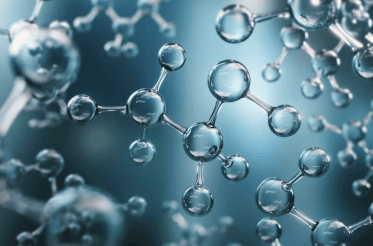Question
a.
Reynold's number
b.
Froude's number
c.
Weber's number
d.
Euler's number
Posted under Mechanical Engineering
Interact with the Community - Share Your Thoughts
Uncertain About the Answer? Seek Clarification Here.
Understand the Explanation? Include it Here.
Q. The ratio of the inertia force to the viscous force is called
Similar Questions
Explore Relevant Multiple Choice Questions (MCQs)
Q. A flow whose streamline is represented by a straight line, is called __________ dimensional flow.
View solution
Q. The absolute pressure is equal to
View solution
Q. When the pressure intensity at a point is more than the local atmospheric pressure, then the difference of these two pressures is called
View solution
Q. The hammer blow in pipes occurs when
View solution
Q. When a body is placed over a liquid, it will sink down if
View solution
Q. When a cylindrical vessel of radius (r) containing liquid is revolved about its vertical axis ω rad/s, then depth of parabola which the liquid assumes is
View solution
Q. A manometer is used to measure
View solution
Q. The product of mass and accelaration of flowing liquid is called
View solution
Q. The discharge through a wholly drowned orifice is given by (where H1 = Height of water (on the upstream side) above the top of the orifice, H2 = Height of water (on the downstream side) above the bottom of the orifice, and H = Difference between two water levels on either side of the orifice)
View solution
Q. If the value of coefficient of discharge increases, the discharge through the orifice decreases.
View solution
Q. A point, in a compressible flow where the velocity of fluid is zero, is called
View solution
Q. A differential manometer is used to measure
View solution
Q. The metacentric height of a ship is 0.6 m and the radius of gyration is 4 m. The time of rolling of a ship is
View solution
Q. The point at which the resultant pressure on an immersed surface acts, is known as
View solution
Q. A tank of uniform cross-sectional area (A) containing liquid upto height (H1) has an orifice of cross-sectional area (a) at its bottom. The time required to bring the liquid level from H1 to H2 will be
View solution
Q. The torque required to overcome viscous resistance of a collar bearing is (where R1 and R2 = External and internal radius of collar)
View solution
Q. The power transmitted through the nozzle is maximum when the head lost due to friction in the pipe is __________ of the total supply head.
View solution
Q. In case of flow through parallel pipes,
View solution
Q. The flow at critical depth in an open channel is called torrential flow.
View solution
Q. The torque required to overcome viscous resistance of a footstep bearing is (where μ = Viscosity of the oil, N = Speed of the shaft, R = Radius of the shaft, and t = Thickness of the oil film)
View solution
Recommended Subjects
Are you eager to expand your knowledge beyond Mechanical Engineering? We've handpicked a range of related categories that you might find intriguing.
Click on the categories below to discover a wealth of MCQs and enrich your understanding of various subjects. Happy exploring!








